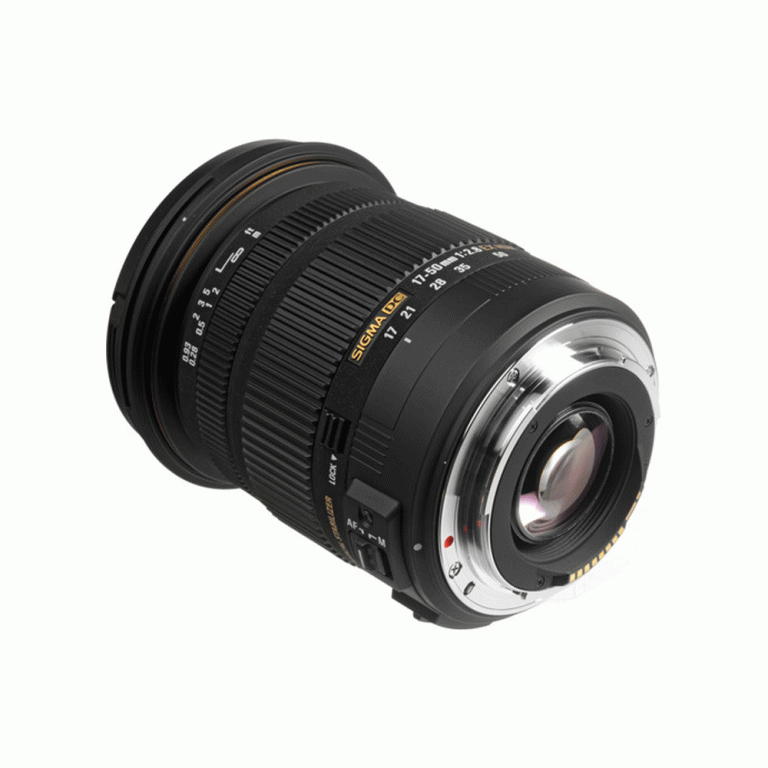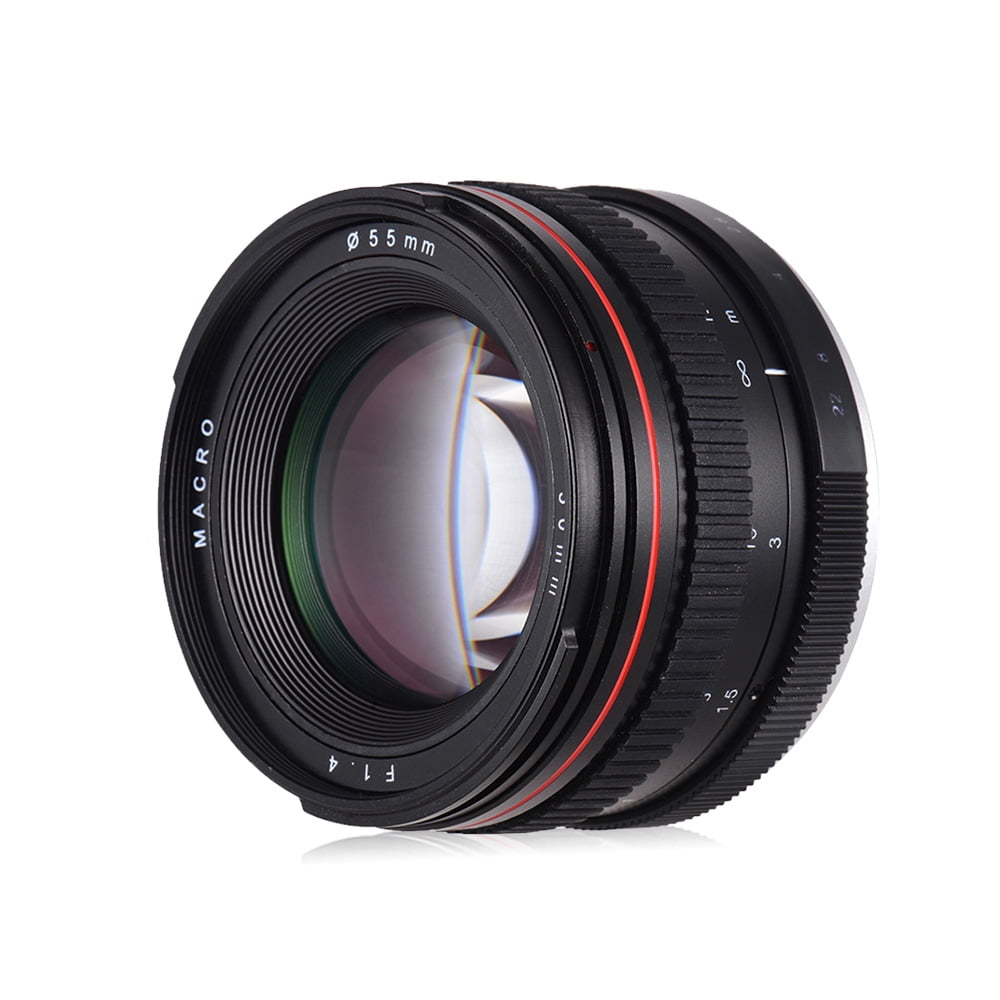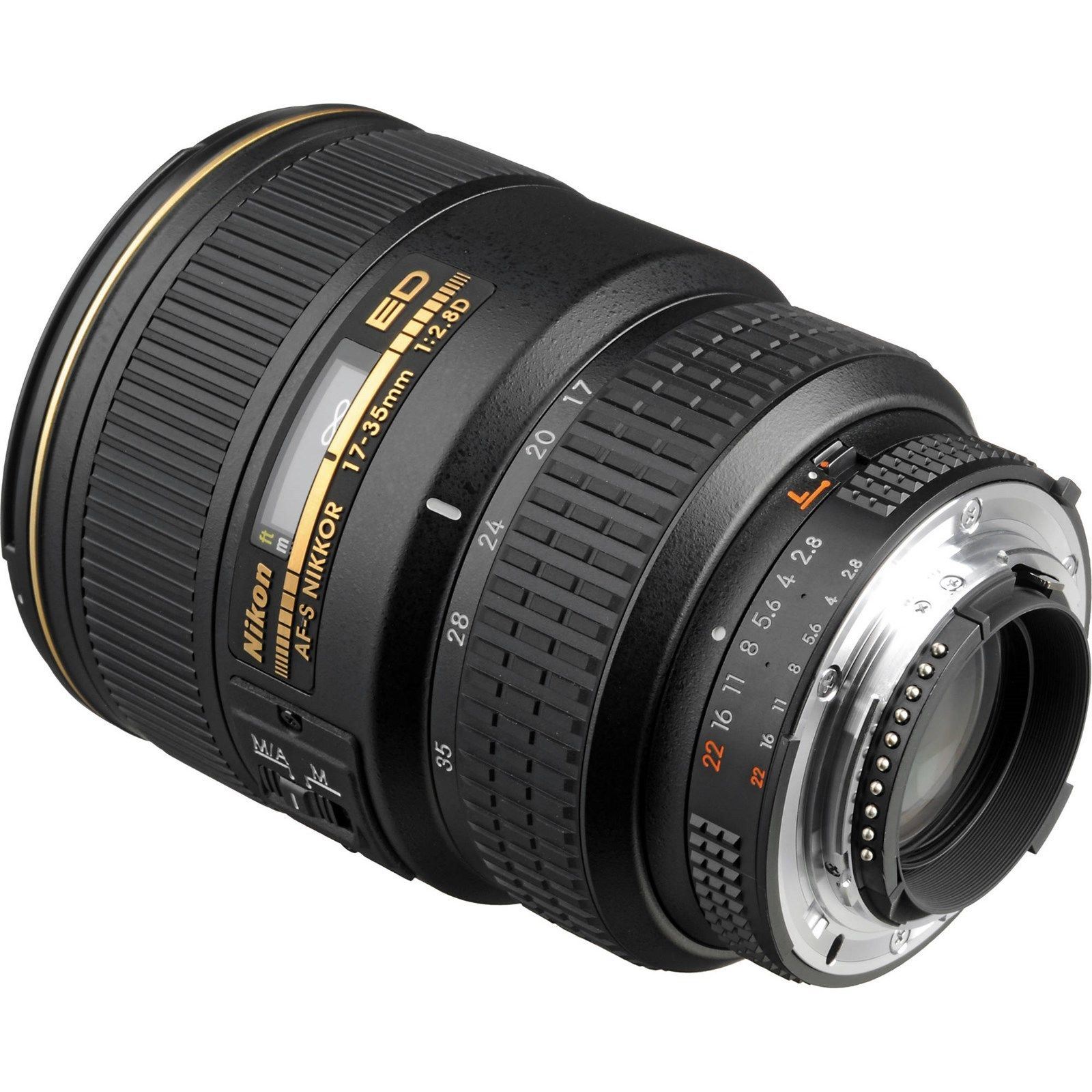


Those two facts alone make this a more palatable lens for a lot of photographers. I put the little-known Rokinon 14mm f/2.4 lens ahead of the Sigma 14mm f/1.8 for a few reasons.įirst, it is significantly lighter (719 vs 1170 grams) and half the price ( $800 vs $1600). Without further ado, let’s kick things off! 13. Nasim has used both the Tokina and the Nikon, which makes the Sigma 14-24mm f/2.8 the only lens on this list that we are relying on outside sources in order to rank. Of the thirteen lenses below, I have personally used all but three – the Sigma 14-24mm f/2.8, Tokina 16-28mm f/2.8, and Nikon 18-35mm f/3.5-4.5 G.

Lenses with apertures of f/2.8 (or wider) can capture more light than f/4 lenses, resulting in a brighter, less noisy Milky Way. Maximum aperture: This feature only really matters for astrophotographers, but that is a significant subset of wide-angle shooters.I’m awarding extra points to lenses that make it to 14mm or 15mm, as well as zooms with a greater-than-expected “telephoto” range. Focal length(s): I consider everything 24mm and wider to be “wide angle,” although all the lenses below go at least a bit wider than that.That said, most photographers prefer the option of autofocus as well, all else equal.
BIG APERTURE NIKON ZOOM LENS MANUAL
That generally saves both money and weight, and manual focus isn’t the end of the world for a lot of wide angle shooters.

Overall image quality: From sharpness to distortion, everything comes down to image quality.So, before anything else, here are the features I considered when ranking the lenses below, from most to least important to me: If there were just one “best” wide angle for everyone, lens companies wouldn’t be making so many different options. (I’ve included a section at the bottom for Nikon DX shooters.) As you would expect, any list like this is bound by the author’s own preferences. This article ranks what I consider to be the top thirteen wide-angle lenses for Nikon full-frame cameras. However, they are getting better and better over time, and some of today’s options are pretty incredible. Nasim has tested even more for our many reviews on Photography Life. Over the past few years, I’ve tried almost all of Nikon’s modern wide angle lenses, as well as a number of third-party options. If that sounds familiar – you’re constantly comparing wide angles – hopefully this article will help you make a decision. As a Nikon photographer, I certainly wasn’t short on options it’s just that none seemed to work quite right for my needs. Today, I love using wide angle lenses, but it took me several years to get to that point.


 0 kommentar(er)
0 kommentar(er)
